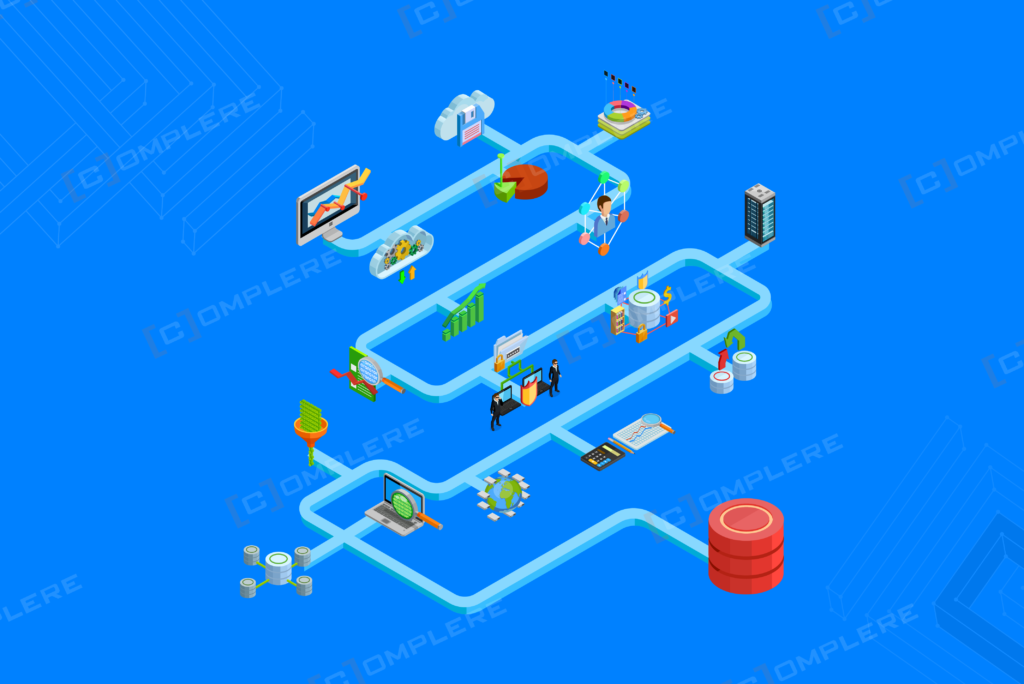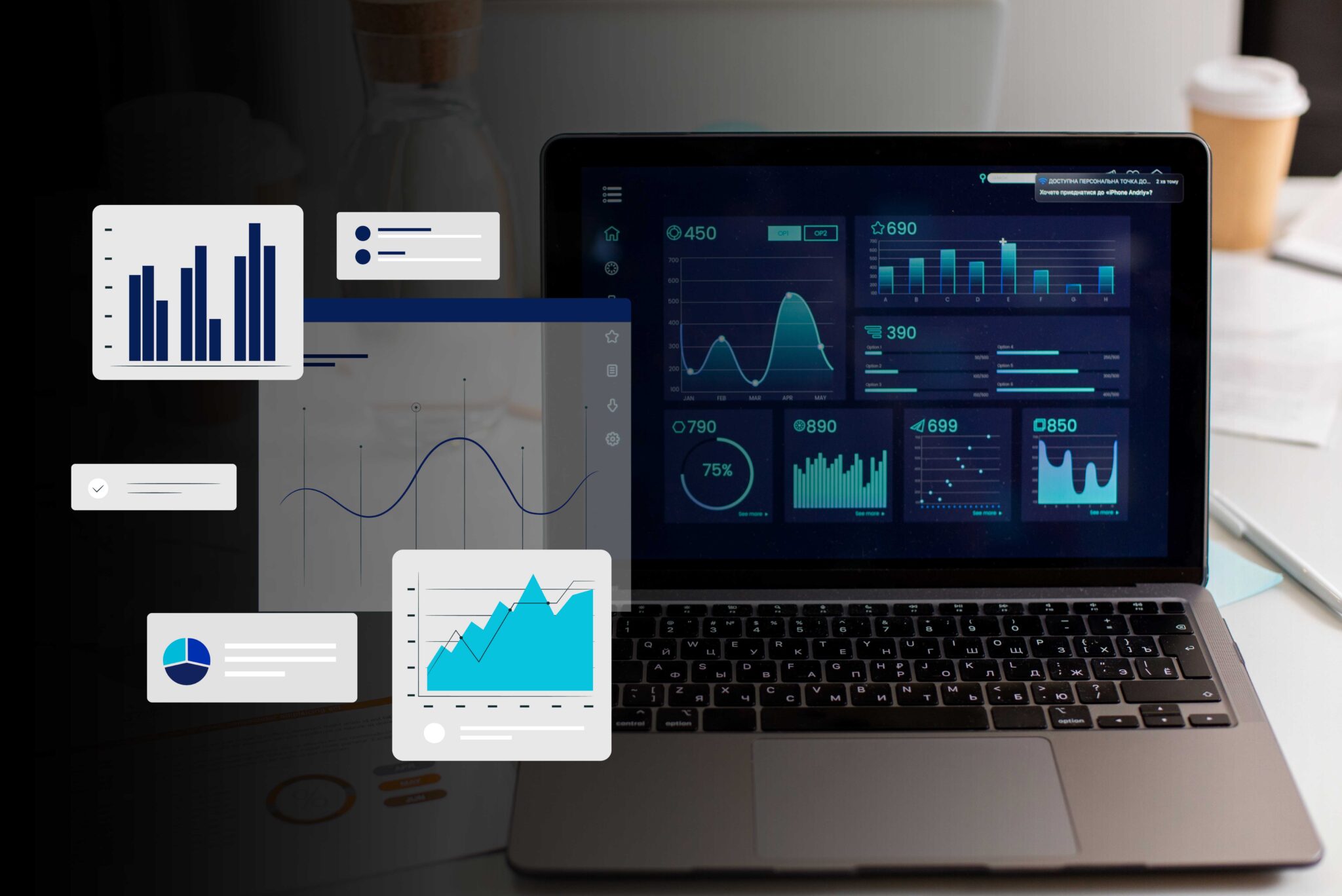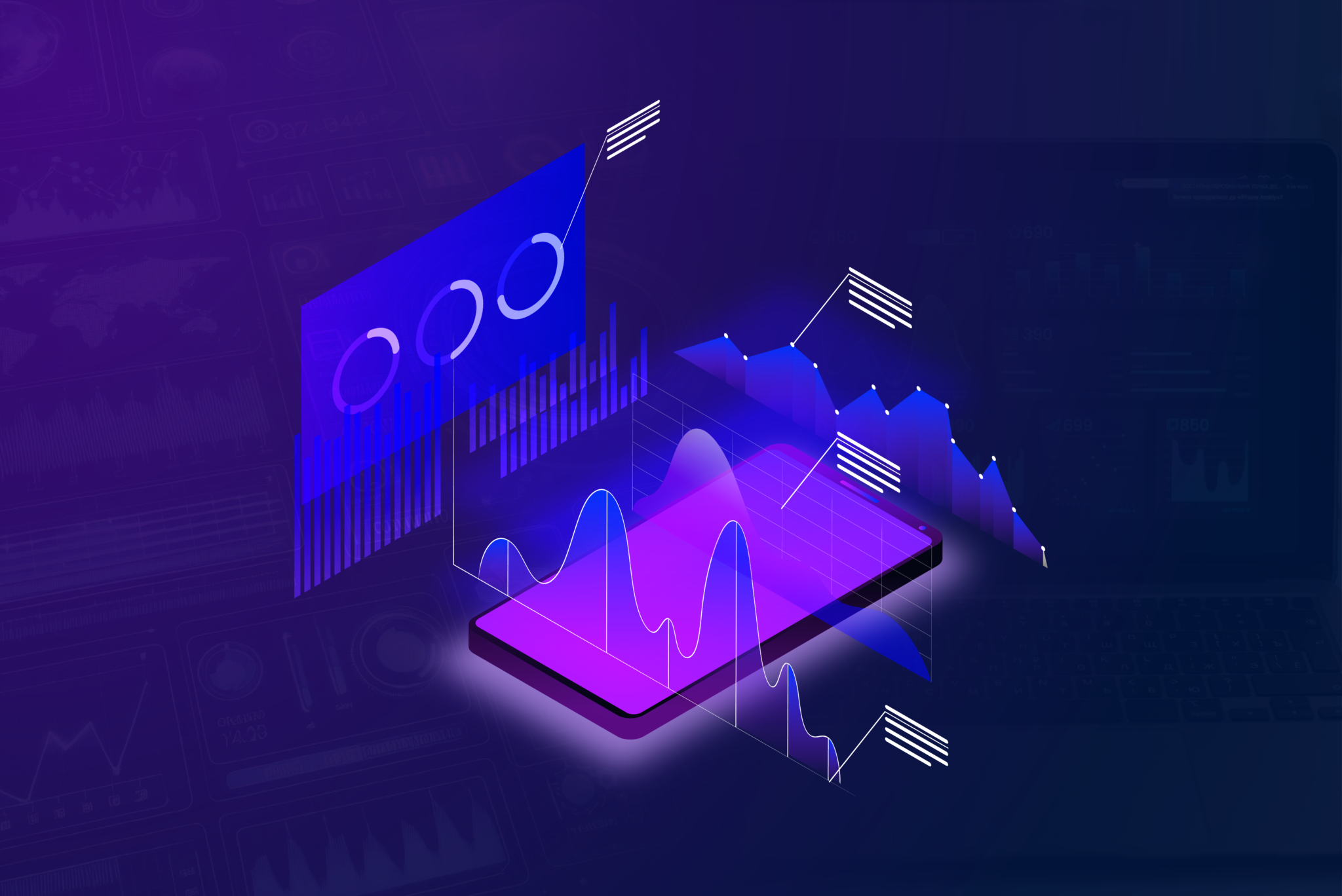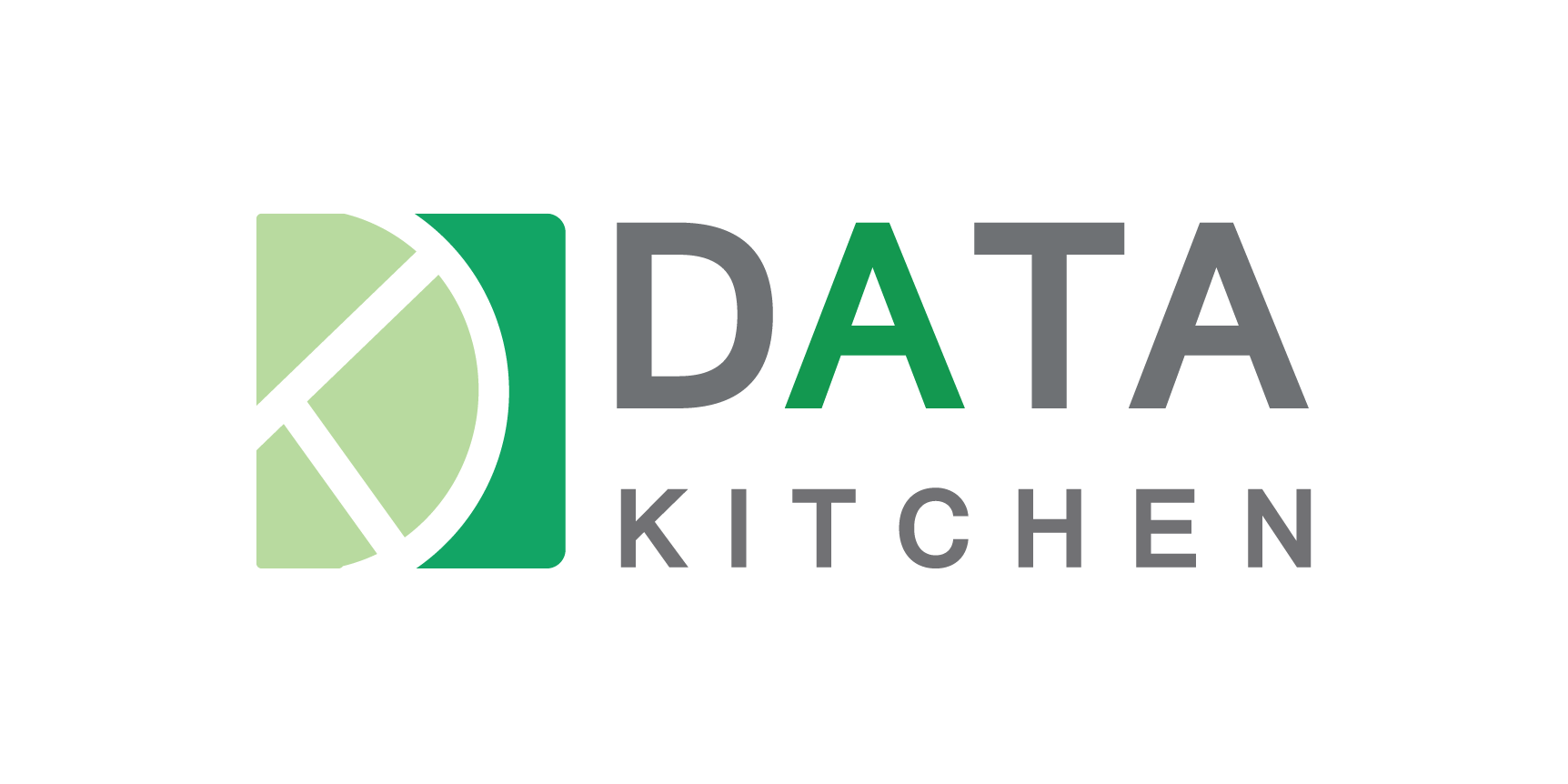Introduction
There is no doubt that data is everything in today’s data-driven business world. Managing your data efficiently becomes very important for any business looking for success. Data pipelines work effectively in the constant flow and transformation of data from its source to your destination. This successful transformation and flow support effective analysis and utilization of your data. So let us know more about data pipelines, their benefits, processes, and tools. Also, let’s find out some easy tips to find the right data pipeline services.
What is a Data Pipeline?
A data pipeline includes processes that work flawlessly and automate data transformation from different sources to a safe storage place. It’s designed to handle large volumes of data by processing and preparing it for analysis or reporting. Data pipelines make your data travel safe and allow you to use your data to improve your process efficiency. So, if you are looking for a solution to shift your data from different sources to your storage location, the use of data pipelines can help with safe arrival and refined information.
Top 4 Benefits of Building Data Pipelines?
Many businesses face a big drop as they don’t know what the benefits of data pipelines and they avoid these. Data pipelines are the perfect solution to help your data not only flow continuously from one point to another point, but also transform itself into a more valuable, cleaner, and analysis-ready format. Without building technologically advanced data pipelines, the approach to a flawless data flow is just a dream. Building data pipelines has more positive impacts for example:
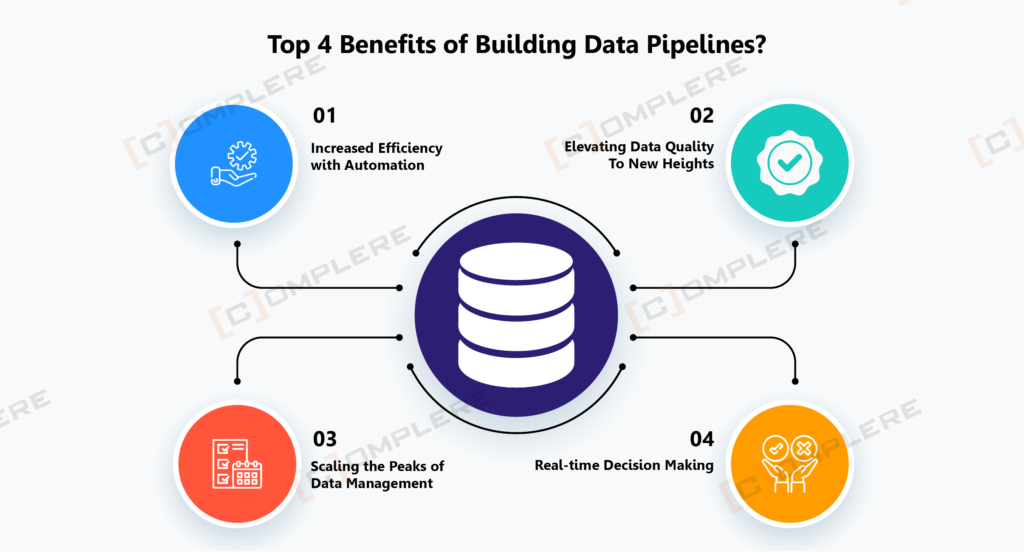
1. Increased Efficiency with Automation
In the process of data management, repetition is the biggest trouble in achieving productivity. Data pipelines work efficiently in this matter and eliminate this challenge by automating all repetitive tasks. Manual repetitions consume the time and efficiency of your team. Building Data pipelines turns hours of manual data handling into a few clicks, ensuring your resources are focused where they are required the most.
2. Elevating Data Quality to New Heights
Quality data is very important to make informed decisions. However, achieving data quality takes effort. Data available from different sources includes inaccuracies and inconsistencies. Data pipelines work effectively to support you with reliable cleansing and transforming raw data into useful information. Data pipelines as a reliable resource to ensure the arrival of your data to its destination in a clean, accurate, and actionable form.
3. Scaling the Peaks of Data Management
As your business grows, your data also grows in volume. In such a condition, if your systems are aligned and in place, you can turn this growth into success. The use of data pipelines helps as your scalable solution. They are built to handle your present data as well as your future data by ensuring your data management processes are as advanced and adaptable.
4. Real-time Decision Making
In modern business data is one of the most valuable things, and data pipelines offer you real-time data access. By streamlining the flow of data from its source to your analytical tools, they ensure that the information you need is always at your fingertips. Whether it is related to market trends or making strategic decisions, real-time data access means you’re always one step forward in this competitive business world.
What must you know about the Process of a Data Pipeline?
The effectiveness of a data pipeline depends on its ability to turn the raw data into well-organized information. This transformation occurs through a series of meticulously well-planned stages:
1. Data Collection:
Data pipeline process begins with data collection. This stage includes sourcing data from different – from databases and SaaS platforms to IoT devices and social media feeds. Even by ensuring no valuable data loss during the process. The goal of this process is a comprehensive collection and to ensure a rich and varied dataset for processing.
2. Data Processing:
Once your data is collected, raw data undergoes rest processing. This important phase includes cleansing data to find out inaccuracies, duplicates, and irrelevant information. The transformation doesn’t stop there; data is also aggregated and restructured, customized to fit the mold of your analytical needs. This is where the ETL Pipeline shines with precision and efficiency.
3. Data Storage:
Your data is now clean and well-structured, the next step is secure storage. This phase includes transferring the processed data to a repository, such as a database or a data warehouse, where it is readily accessible for analysis. This stage of data processing provides you with one that is both secure and easy to navigate. Services like AWS Data Pipeline excel in this domain, offering technologically advanced solutions for data storage and management.
4. Data Analysis:
The next step of the data pipeline process is data analysis. At this stage, data is scrutinized, questioned, and dissected to extract meaningful information. It helps in a variety of analytical tools and techniques to identify patterns, trends, and correlations. This stage of the data process helps you to make informed strategic decisions and approach business intelligence.
5. Data Visualization:
Finally, the last data pipeline process is data visualization. After the mentioned 4 processes of collection, cleansing, storage, and analysis, your data is ready to use. This stage includes presenting your findings in an understandable and visually engaging format. Visualization works as the connection between complex data information and actionable intelligence, ensuring that information in your pipeline is accessible to decision-makers.
What are the Most Popular Data Pipeline Tools?
- AWS Data Pipeline: This is a web service to process and shift data between AWS computer and storage services.
- Apache Kafka: This data pipeline tool is a framework for building real-time streaming data pipelines.
- Apache Airflow: This tool manages the scheduling and management of complex data flows.

5 Easy and Effective Tips to Choose the Best Data Pipeline Service:
Only a soothing and reliable data pipeline service can help you with your desired goals achievement. Selecting the right data pipeline service is important. Below are some easy and useful tips to find the best fit for your data management and data transfer purposes:
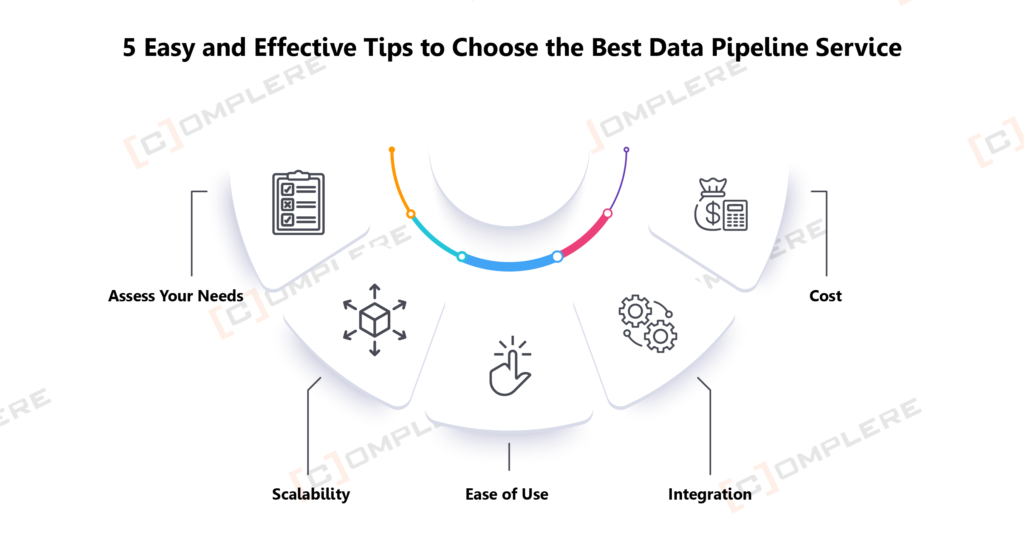
1. Assess Your Needs
Knowing your data pipeline requirement is important before you go with a solution. Understand the volume, velocity, and variety of your data, then look for the data pipeline services to match.
2. Scalability
Your business might be a startup today, but later it will grow. So, make sure that the data pipeline services you are selecting have scalable quality. This tip will help you to continuously go with the process by expanding in pipeline service’s scalability. Choose a service that can grow with your data requirements.
3. Ease of Use
Complicated functions may lead to inefficiencies and errors. So, make sure you are selecting a data pipeline service that is easy to operate. Search for user-friendly interfaces and comprehensive documentation.
4. Integration
Don’t forget that you already have your existing data sources and tools. It is very important to look for integration factors. Your new data pipeline service must integrate well with your existing data sources and tools.
5. Cost
In the end your budget matters for the overall processing of data. Consider the data pipeline service with all required features and efficiencies under budget. Take data security and compliance at the top-notch.
Data pipelines are the strength of modern data architecture. They help businesses to use the exact efficiency of the data. The key to maximizing their benefits depends on careful planning, selecting the right tools and data pipeline service, and continuous optimization of data flows.
Conclusion:
As we all know, the data pipelines’ role is important and complex, and they are the base for data-driven decision-making. There are many benefits in safe data transferring, transforming, and managing data with data pipelines. By selecting the right data pipeline strategies, tools, and services businesses can achieve unmatched efficiency and information, using them for innovation and success.


